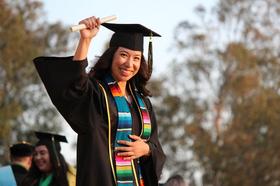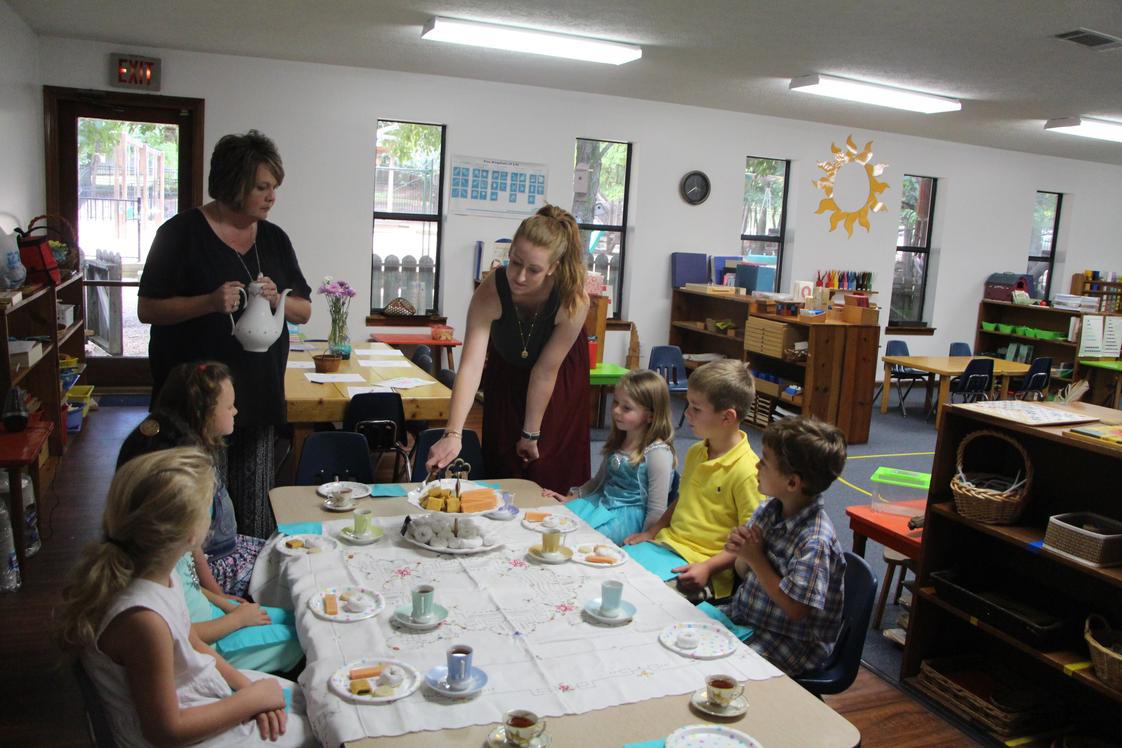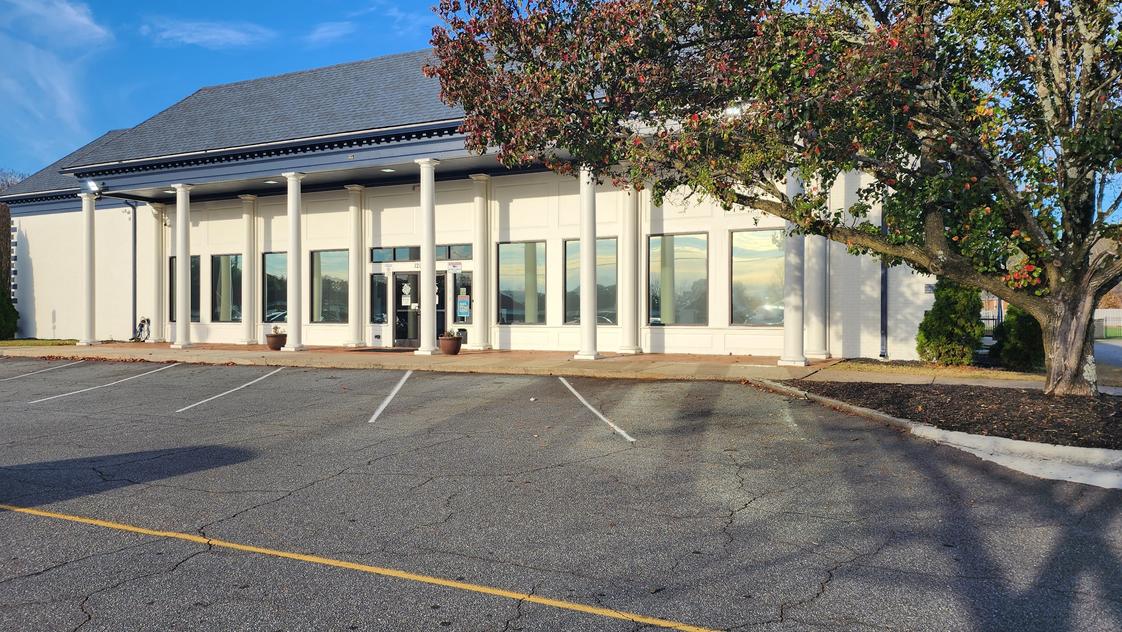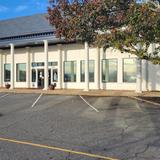For the 2025-26 school year, there are 4 private high schools belonging to American Montessori Society (AMS) serving 903 students in Georgia. You can also find more schools membership associations in Georgia.
The top ranked private high schools belonging to American Montessori Society (AMS) in Georgia include ILM Academy, Montessori School Of Rome, and Montessori Academy At Sharon Springs.
The average acceptance rate is 70%, which is lower than the Georgia private high school average acceptance rate of 78%.
25% of private high schools belonging to American Montessori Society (AMS) in Georgia are religiously affiliated (most commonly Islamic).
Top Ranked Private High Schools Belonging to American Montessori Society (AMS) in Georgia (2025-26)
School
Location
Quick Facts
1200 Grimes Bridge Road
Roswell, GA 30075
(678) 624-1157
Roswell, GA 30075
(678) 624-1157
Gr: PK-12 | 358 students Avg. class size: 20 students Sports: 2 | Extracurrculars: 20 Tuition & acceptance rate listed
2830 Old Atlanta Road
Cumming, GA 30041
(770) 205-6277
Cumming, GA 30041
(770) 205-6277
Gr: PK-10 | 191 students Avg. class size: 23 students Extracurrculars: 12 Tuition listed
Montessori School Of Rome![Montessori School Of Rome Photo Montessori School Of Rome Photo]()

Montessori School
165 Dodd Blvd Blvd.
Rome, GA 30161
(706) 232-7744
Rome, GA 30161
(706) 232-7744
Gr: PK-12 | 235 students Avg. class size: 13 students Sports: 3 | Extracurrculars: 5 Tuition & acceptance rate listed
Harbour Oaks Montessori School![Harbour Oaks Montessori School Photo - Mu---potbelly pig Harbour Oaks Montessori School Photo - Mu---potbelly pig]()

Montessori School
1741 Athens Hwy
Grayson, GA 30017
(770) 979-8900
Grayson, GA 30017
(770) 979-8900
Gr: PK-12 | 119 students Avg. class size: 15 students Extracurrculars: 3 Tuition listed
Recent Articles

Student Success Predictors at Community Colleges
A practical guide to student success predictors at community colleges for private school advisors helping graduates navigate two-year pathways.

Career Pathways with Community College for Private School Grads
Explore top career pathways with community college for private school graduates, including high-demand jobs, transfer options, and 2025 workforce trends.

Navigating the FAFSA & Financial Aid Timeline for Community College
Learn how to navigate FAFSA and financial aid timelines when starting at community college — from application to disbursement in 2025.






